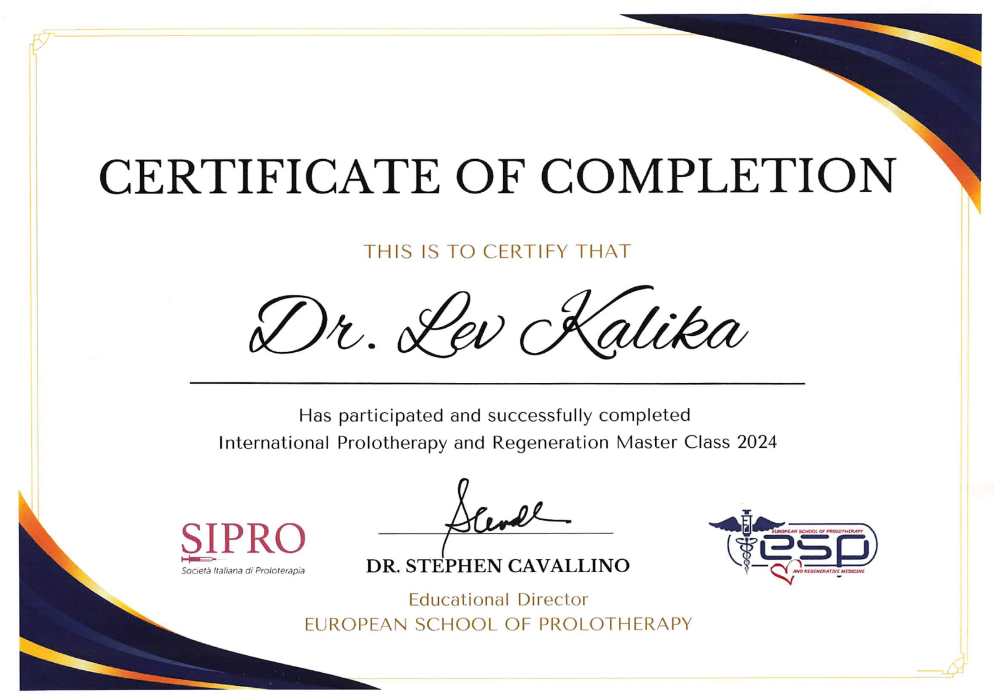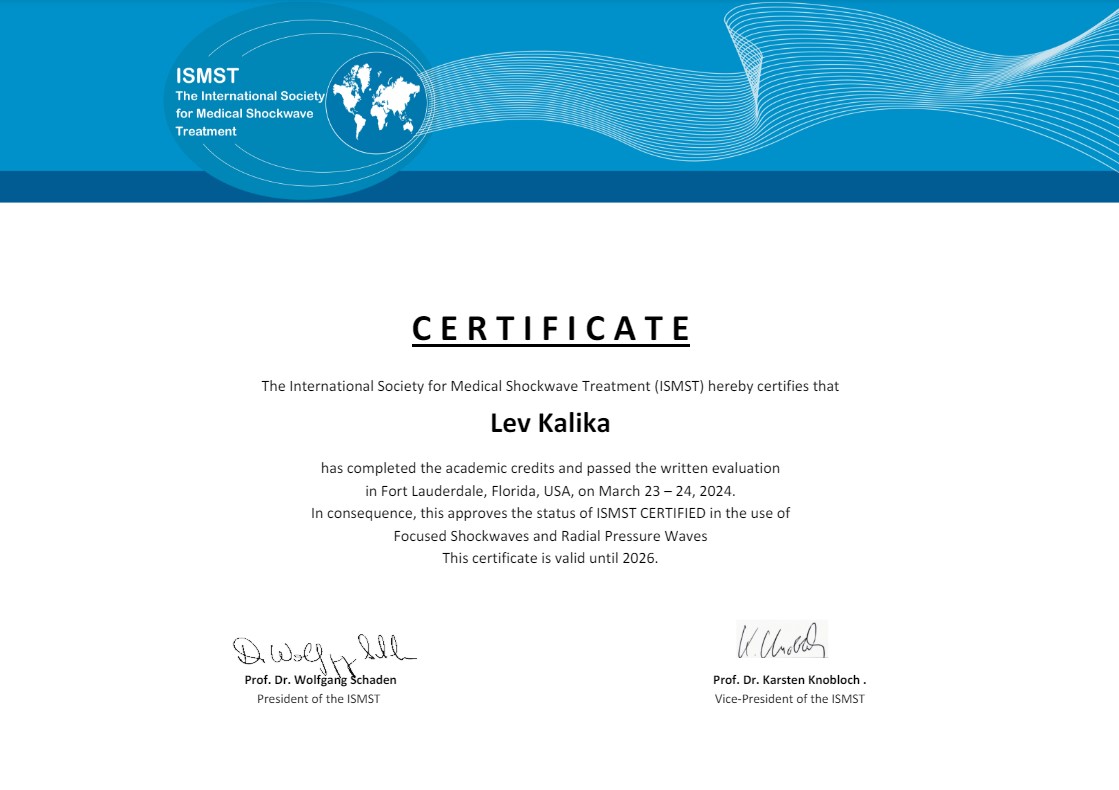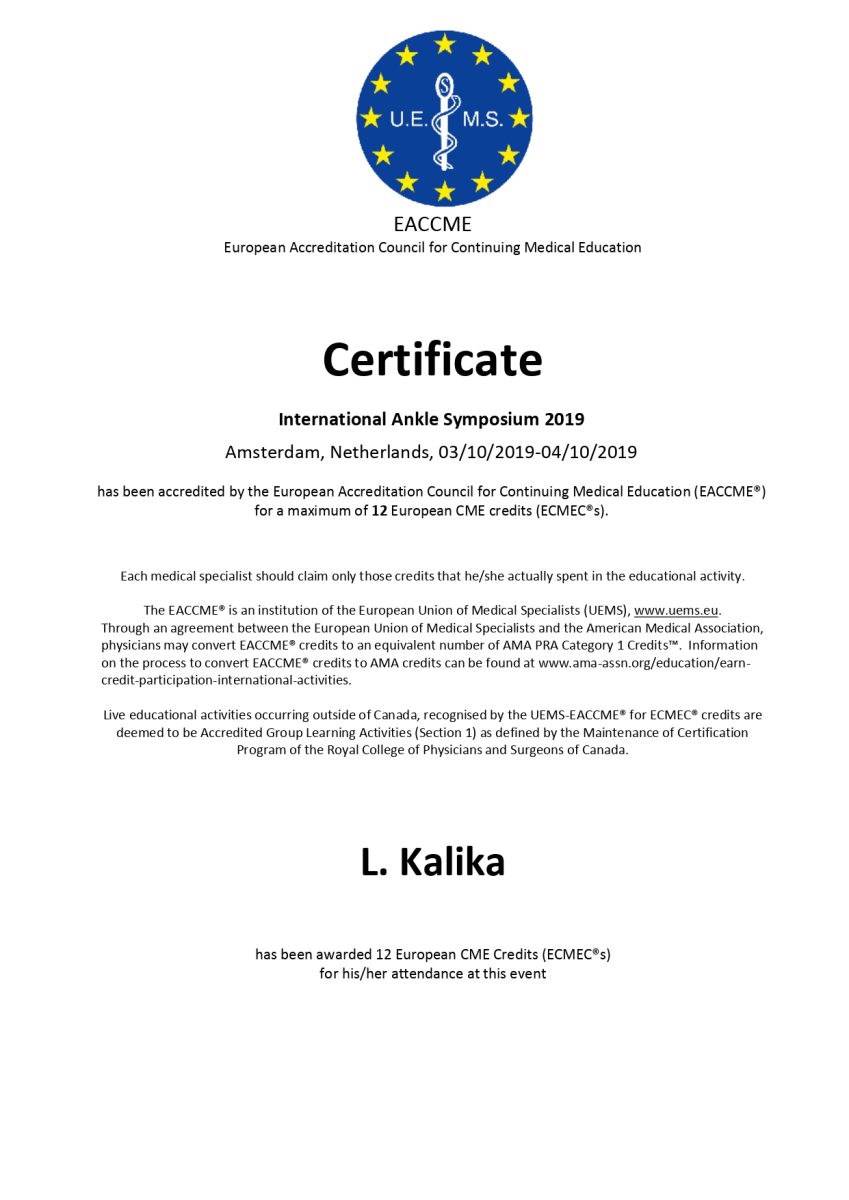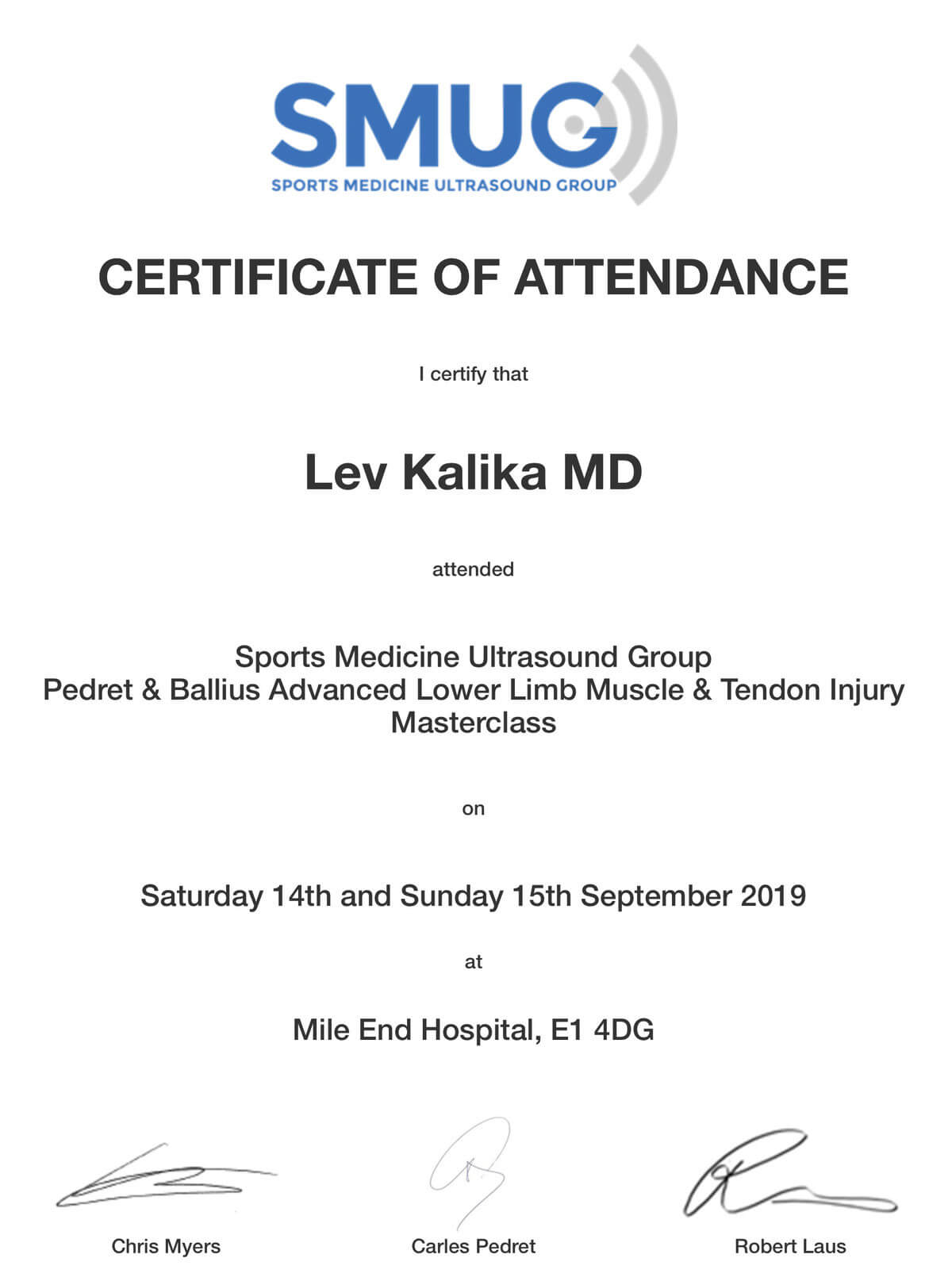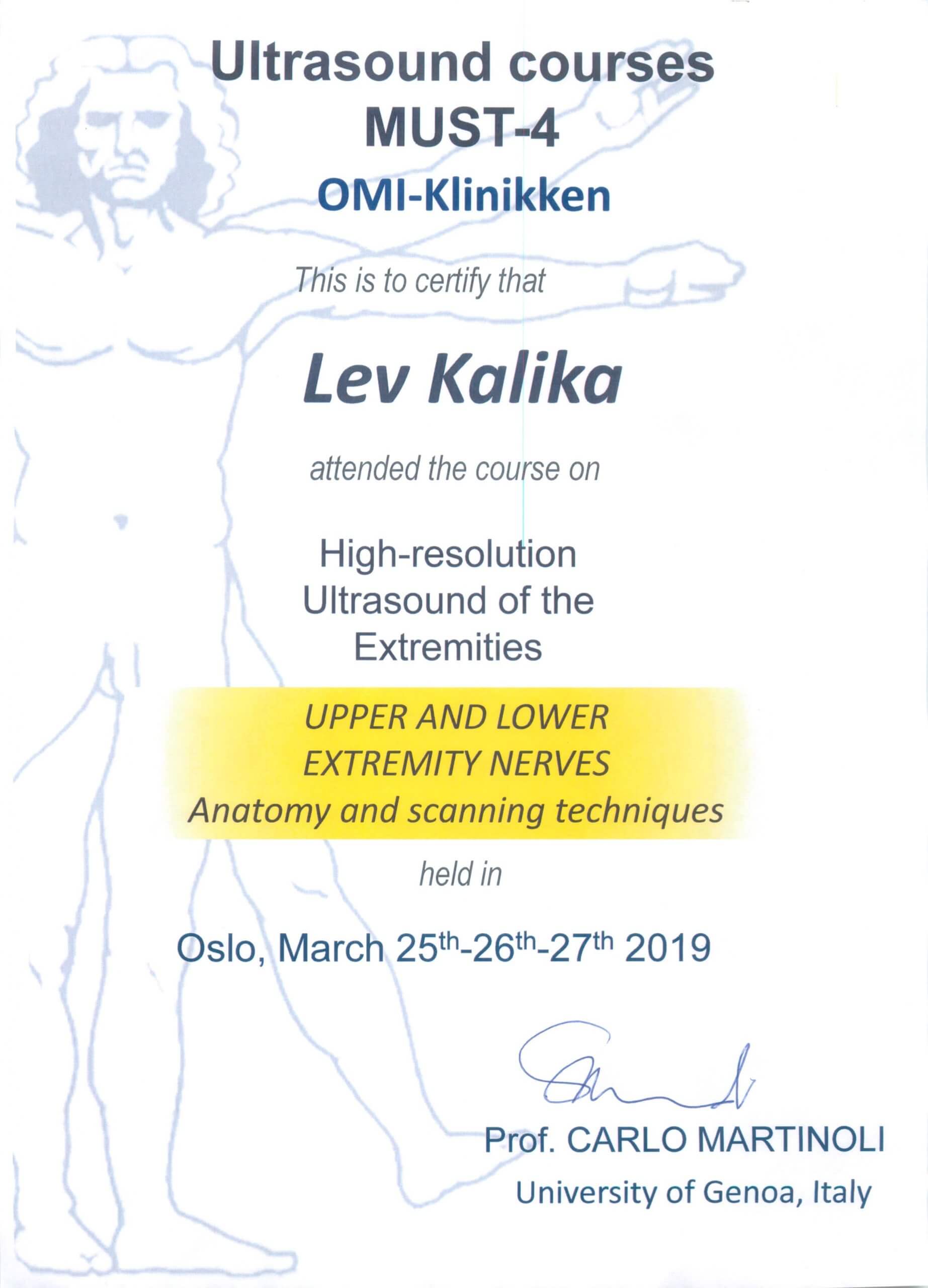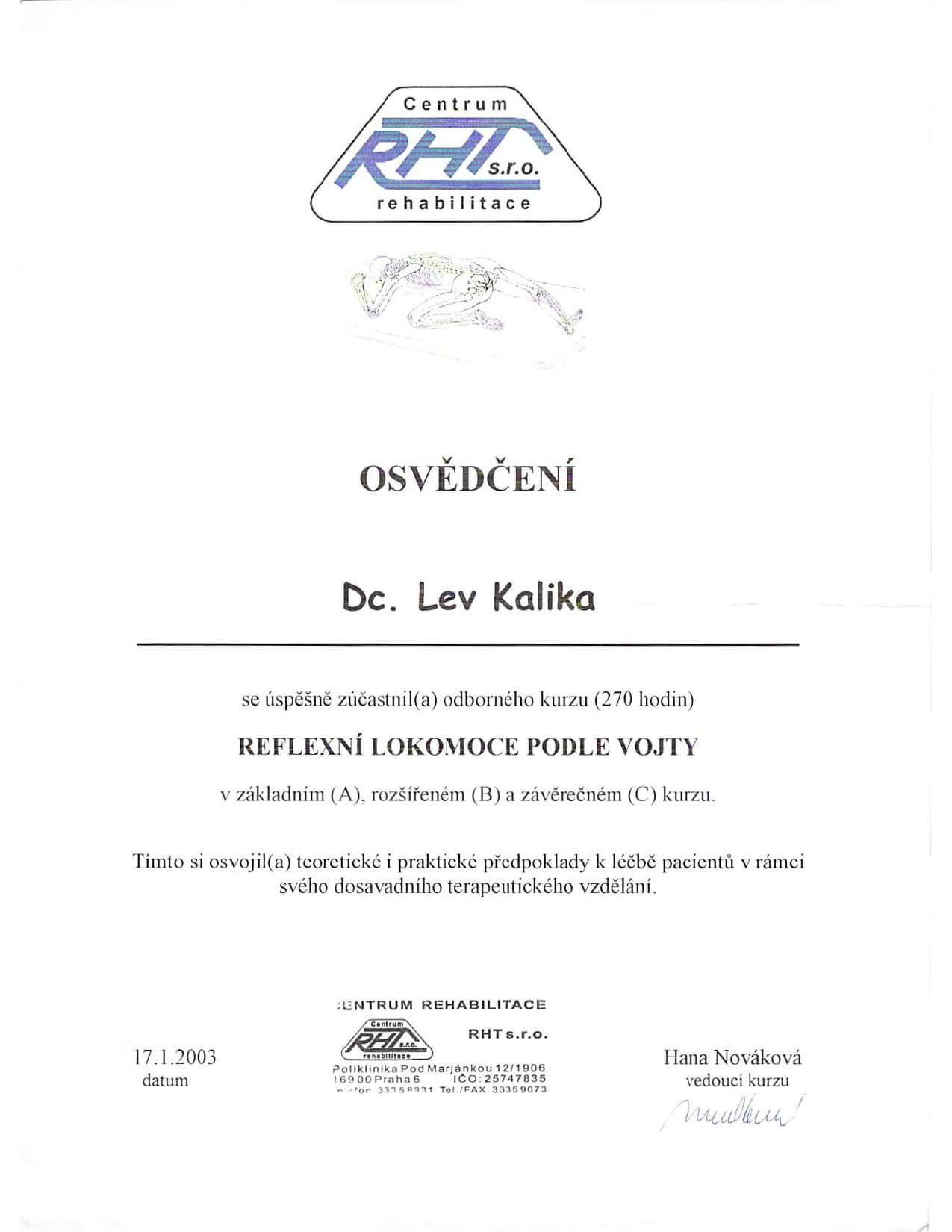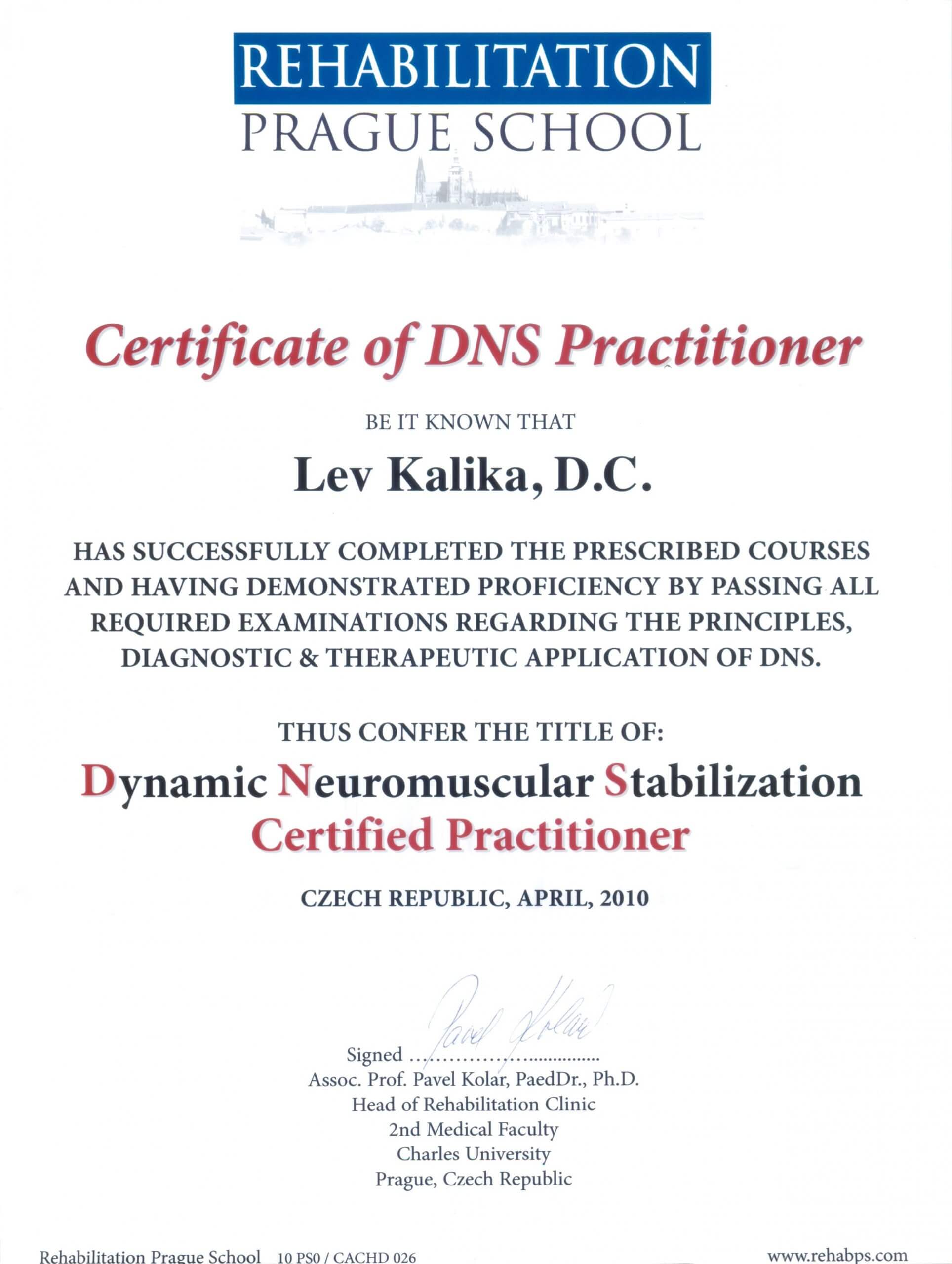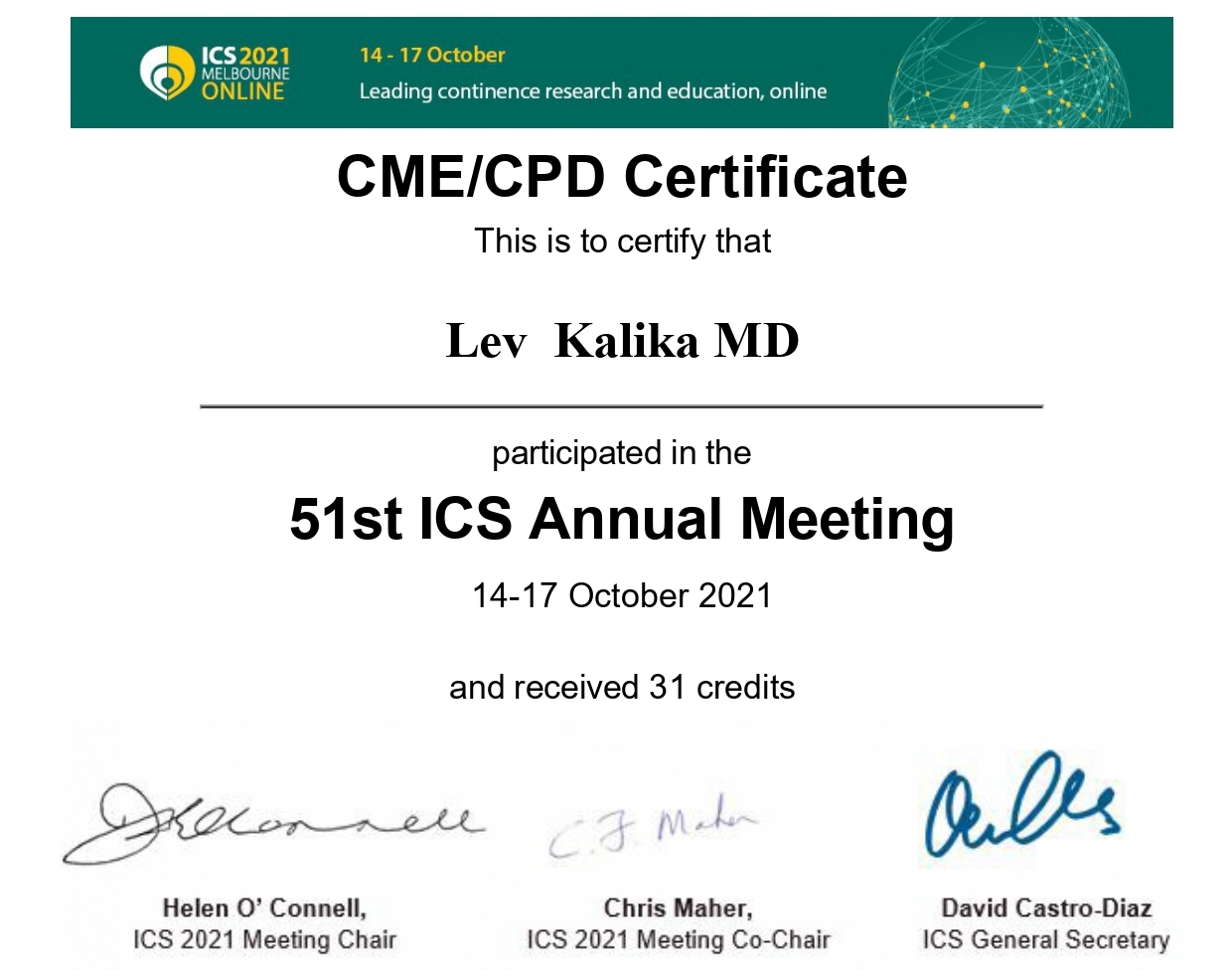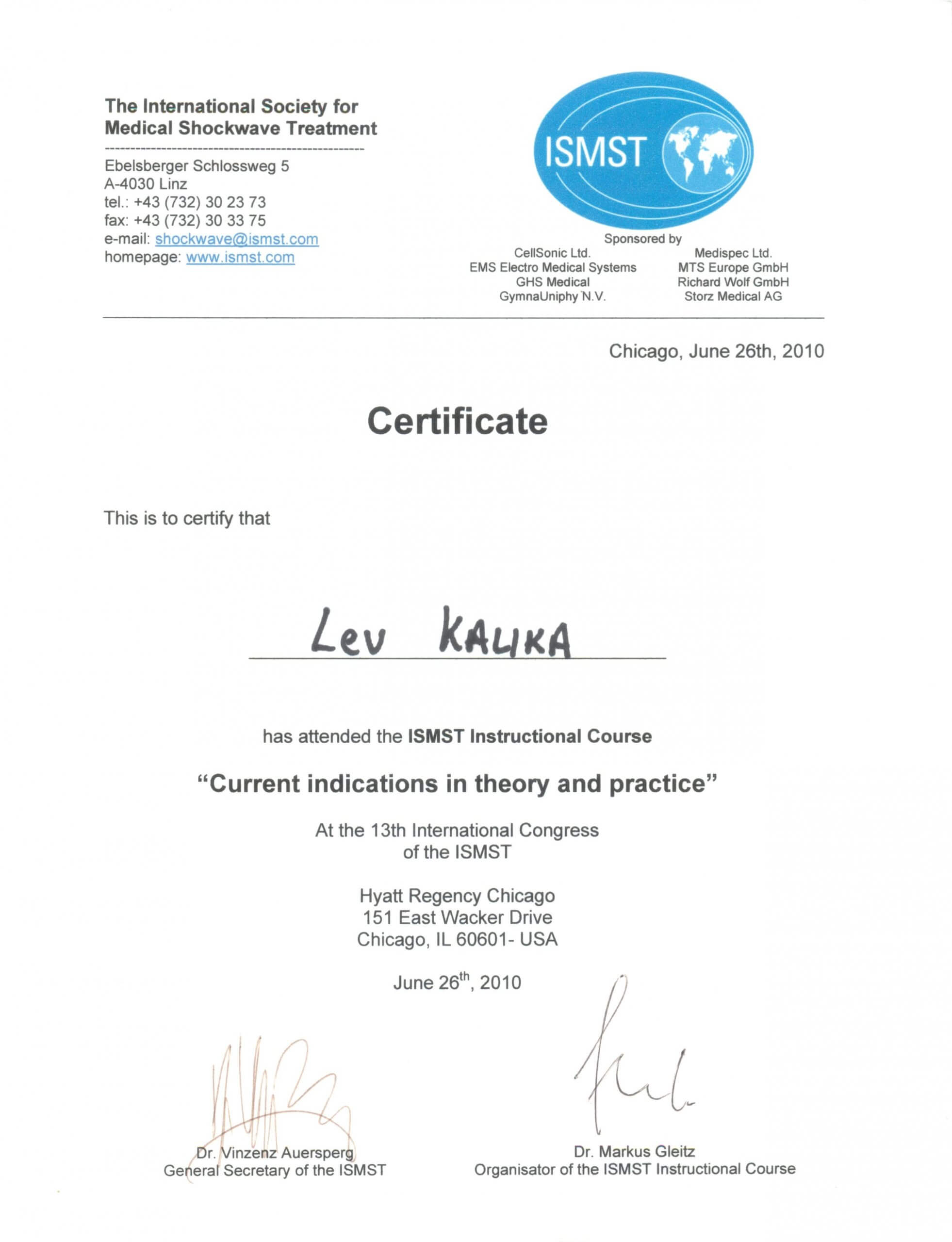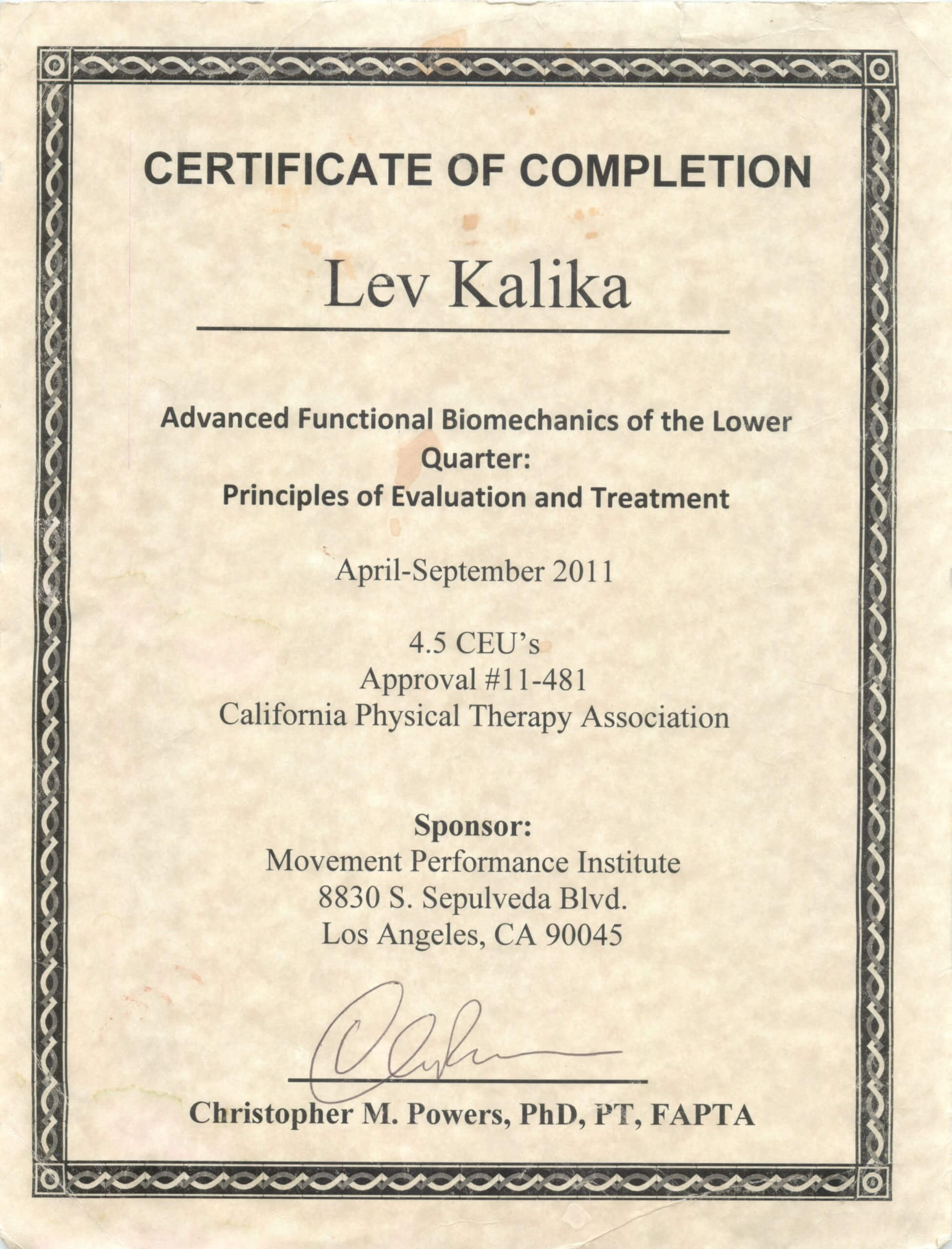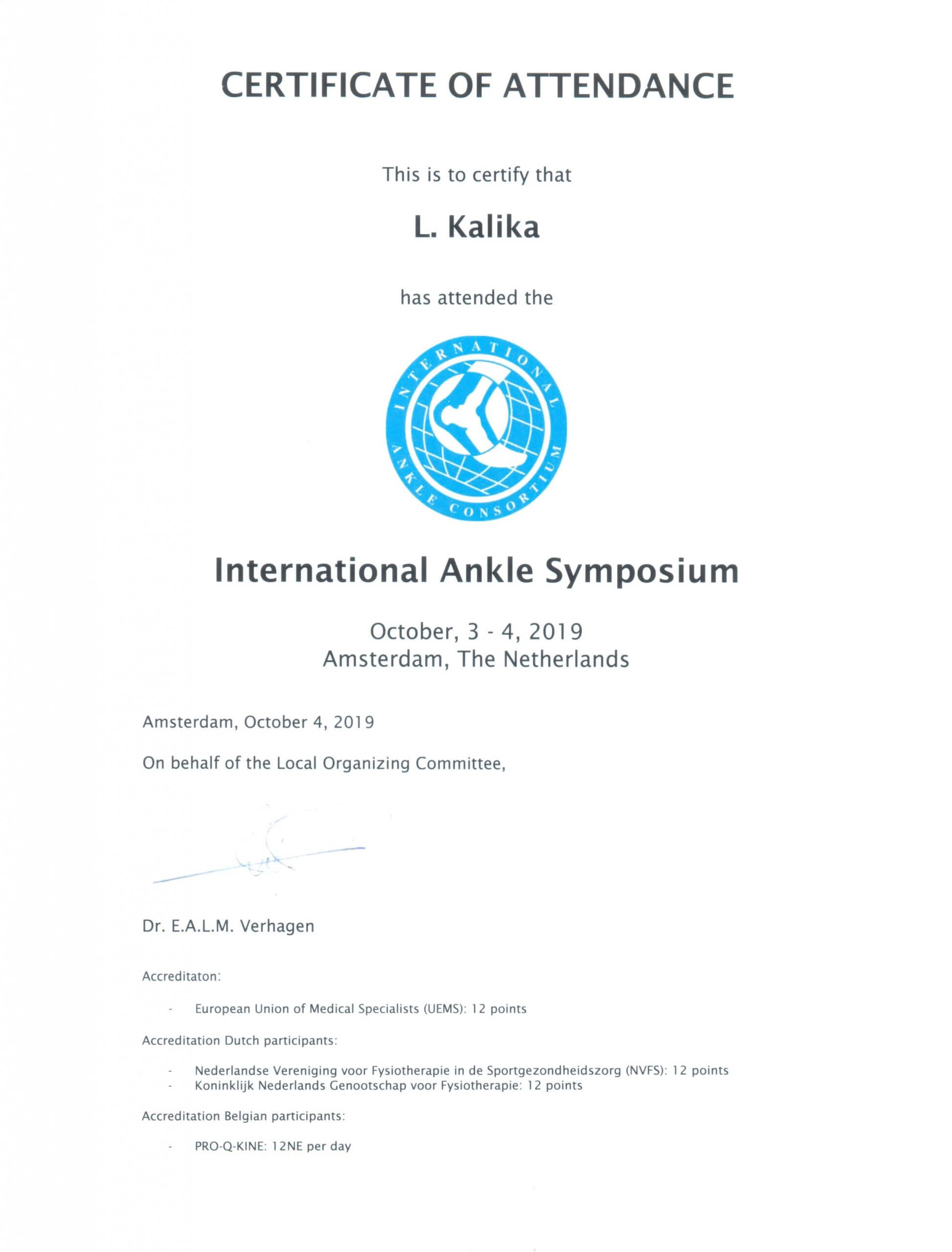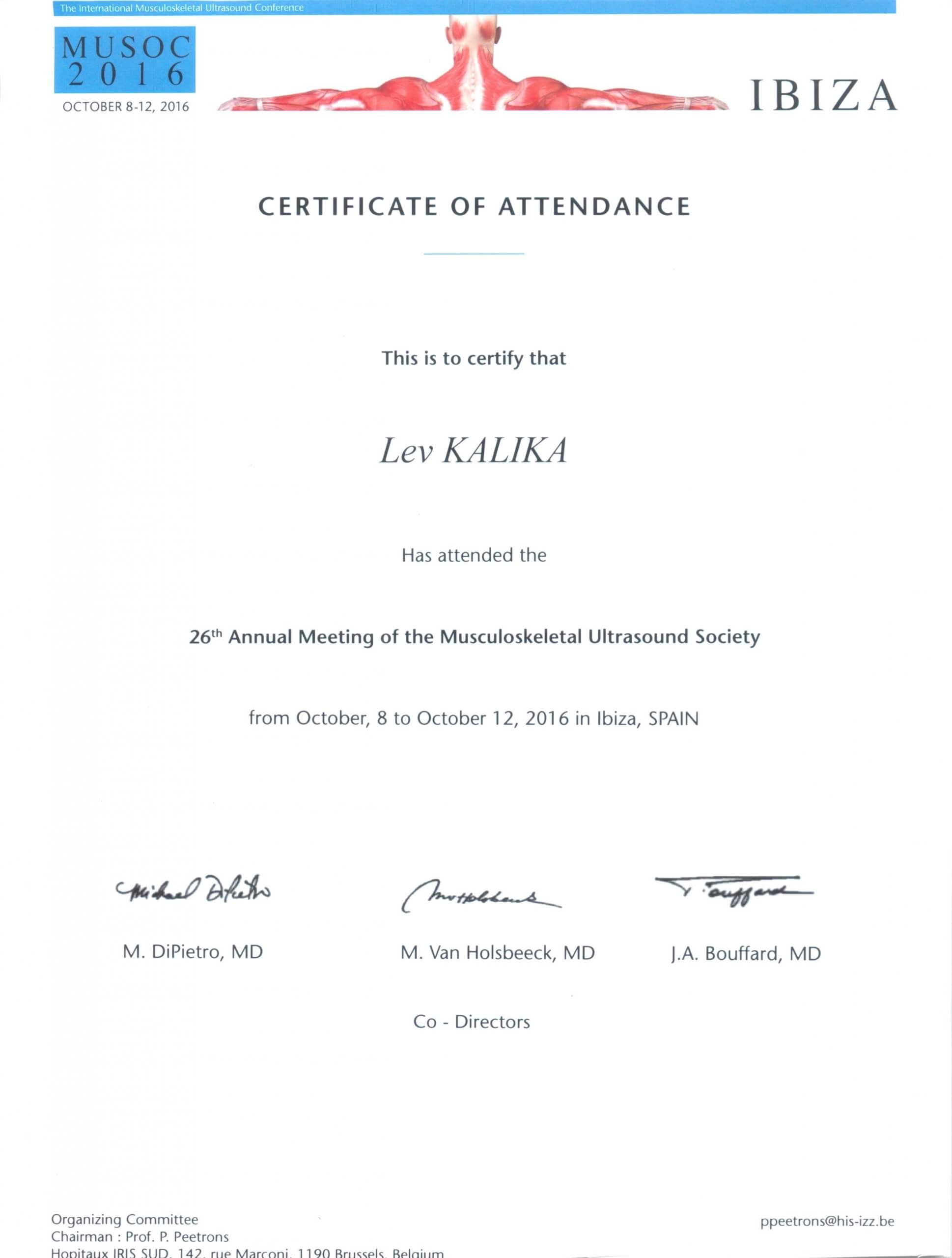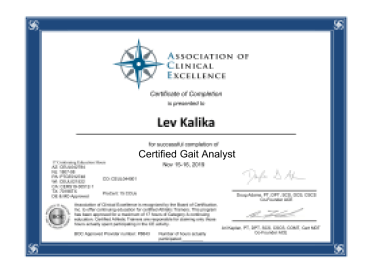Pelvic pain can be difficult to diagnose and treat, simply because there are so many things that can cause it. The pelvis plays a central role in all forms of human movement, functioning to transfer force loads between the upper and lower body and providing stability for the spine. It also houses your reproductive organs and parts of your digestive system.
Your pelvis rests at the base of your trunk, nestled between your hip joints, where it forms a bowl that surrounds and protects your bladder, intestines and reproductive organs. Because the pelvis is located deep within your groin, hip and pelvic issues often manifest as groin pain.
Your pelvis includes several bony structures:
- The sacrum and coccyx of your lower spine
- The ilia, two large fan-shaped bones that form the bowl’s posterior and join the sacrum at the sacroiliac joint
- The ischia, located at the base of the ilia, that form the sit bones
- The pubis, that forms the anterior part of the pelvic bowl, with the right and left sides joined together by the pubic symphysis
- The trochanter of the femur, or thigh bone that forms the ball of your hip’s ball and socket joint
- The acetabulum, a cup-shaped socket formed by the ischia
- The labrum, made up of fibrocartilagenous tissue, that lines the acetabulum, deepening the socket and stabilizing the hip joint. Synovial fluid enables the femur head to freely glide and rotate within the socket during movement.
In addition to bony structures, the pelvis includes a complex interconnected network of muscles, visceral organs, ligaments, tendons, fascia and neural bodies.
Determining the cause of pelvic pain is fundamental to finding the right treatment, yet pelvic pain can stem from a variety of causes, making diagnosis a challenge. Pelvic pain can arise from your reproductive, urinary or digestive system. It can also be associated with athletic overuse injuries and with misalignment of your musculoskeletal system.
Within you pelvis are membranes that wrap around organs and connect one organ to another. You also have ligaments that attach organs to bones. Your connective tissues are elastic, which enables your body to compensate, but over time, compensation can lead to problems.
For example, a broken tailbone in your youth can cause it to kink to the side, much like a broken nose. Your soft tissues quickly compensate for this change, but later in life they can pull at vital organs and other structures, causing pain and reducing function. Treatment may include adjusting your tailbone and doing corrective exercises to restore balance and alignment.
As another example, a chronic cough can exert pressure on your abdomen and, over time, can weaken the muscles of the pelvic floor. In this case, both the cough and the pelvic muscles must be addressed.
In athletes, the labrum may become torn and cause weakness, popping, hip instability and groin pain.
Pelvic pain can also arise from other issues, including:
- orthopedic problems
- emotional or mental stress
- inflammatory foods
- hormonal imbalances
- bad postural habits
- unsupportive footwear
- organ-related problems
- skeletal issues
- issues associated with pregnancy and childbirth
There may be multiple concurrent contributing factors that need to be addressed, to ensure proper healing and recovery.
Dysfunction of the pelvis can manifest in many ways. Some common symptoms include:
- groin pain
- popping or snapping of the hip
- hip instability
- pain during intercourse
- constipation
- pain during urination or bowel movements
- bladder or bowel incontinence
- low back pain
- other types of pain or abnormalities in the pelvic region
Failure to address pelvic pain and dysfunction can snowball into more complex problems over time. The pain specialists at NYDNRehab take an individualized approach to diagnosing and treating patients with pelvic pain. We use cutting edge technologies and innovative treatment methods to make sure all issues are addressed, so you can enjoy full pain-free function and the very best quality of life.



